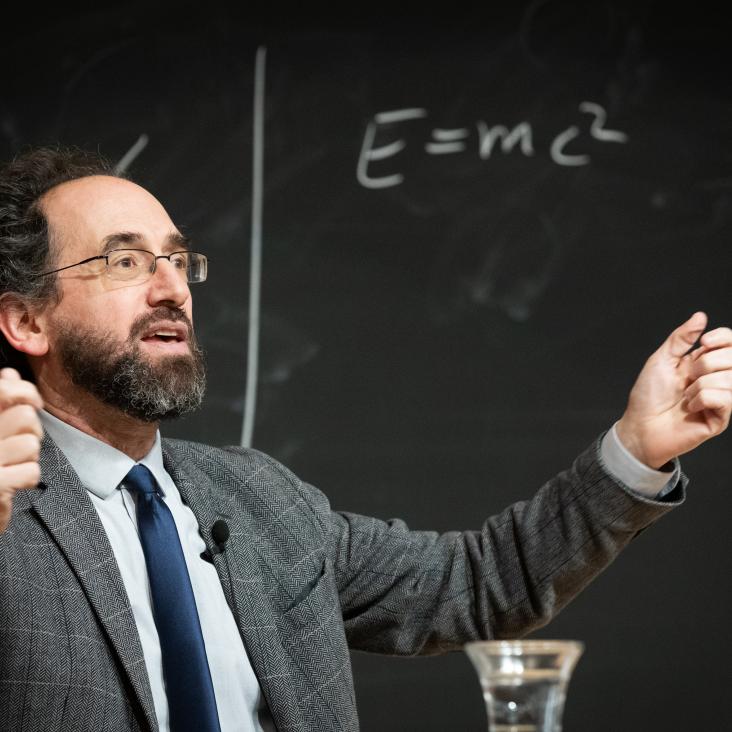Random matrix theory of multi-antenna communications: The Ricean channel
Journal of Physics A Mathematical and General 38:49 (2005) 10859-10872
Abstract:
The use of multi-antenna arrays in wireless communications through disordered media promises huge increases in the information transmission rate. It is therefore important to analyse the information capacity of such systems in realistic situations of microwave transmission, where the statistics of the transmission amplitudes (channel) may be coloured. Here, we present an approach that provides analytic expressions for the statistics, i.e. the moments of the distribution, of the mutual information for general Gaussian channel statistics. The mathematical method applies tools developed originally in the context of coherent wave propagation in disordered media, such as random matrix theory and replicas. Although it is valid formally for large antenna numbers, this approach produces extremely accurate results even for arrays with as few as two antennas. We also develop a method to analytically optimize over the input signal distribution, which enables us to calculate analytic capacities when the transmitter has knowledge of the statistics of the channel. The emphasis of this paper is on elucidating the novel mathematical methods used. We do this by analysing a specific case when the channel matrix is a complex Gaussian with arbitrary mean and unit covariance, which is usually called the Ricean channel. © 2005 IOP Publishing Ltd.Crossover from Conserving to Lossy Transport in Circular Random Matrix Ensembles
(2005)
Vortex lattices in rotating atomic bose gases with dipolar interactions
Physical Review Letters 95:20 (2005)
Abstract:
We show that dipolar interactions have dramatic effects on the ground states of rotating atomic Bose gases in the weak-interaction limit. With increasing dipolar interaction (relative to the net contact interaction), the mean field, or high filling factor, ground state undergoes a series of transitions between vortex lattices of different symmetries: triangular, square, "stripe," and "bubble" phases. We also study the effects of dipolar interactions on the quantum fluids at low filling factors. We show that the incompressible Laughlin state at filling factor ν=1/2 is replaced by compressible stripe and bubble phases. © 2005 The American Physical Society.Braid topologies for quantum computation
Physical Review Letters 95:14 (2005)
Abstract:
In topological quantum computation, quantum information is stored in states which are intrinsically protected from decoherence, and quantum gates are carried out by dragging particlelike excitations (quasiparticles) around one another in two space dimensions. The resulting quasiparticle trajectories define world lines in three-dimensional space-time, and the corresponding quantum gates depend only on the topology of the braids formed by these world lines. We show how to find braids that yield a universal set of quantum gates for qubits encoded using a specific kind of quasiparticle which is particularly promising for experimental realization. © 2005 The American Physical Society.On the Outage Capacity of Correlated Multiple-Path MIMO Channels
(2005)


